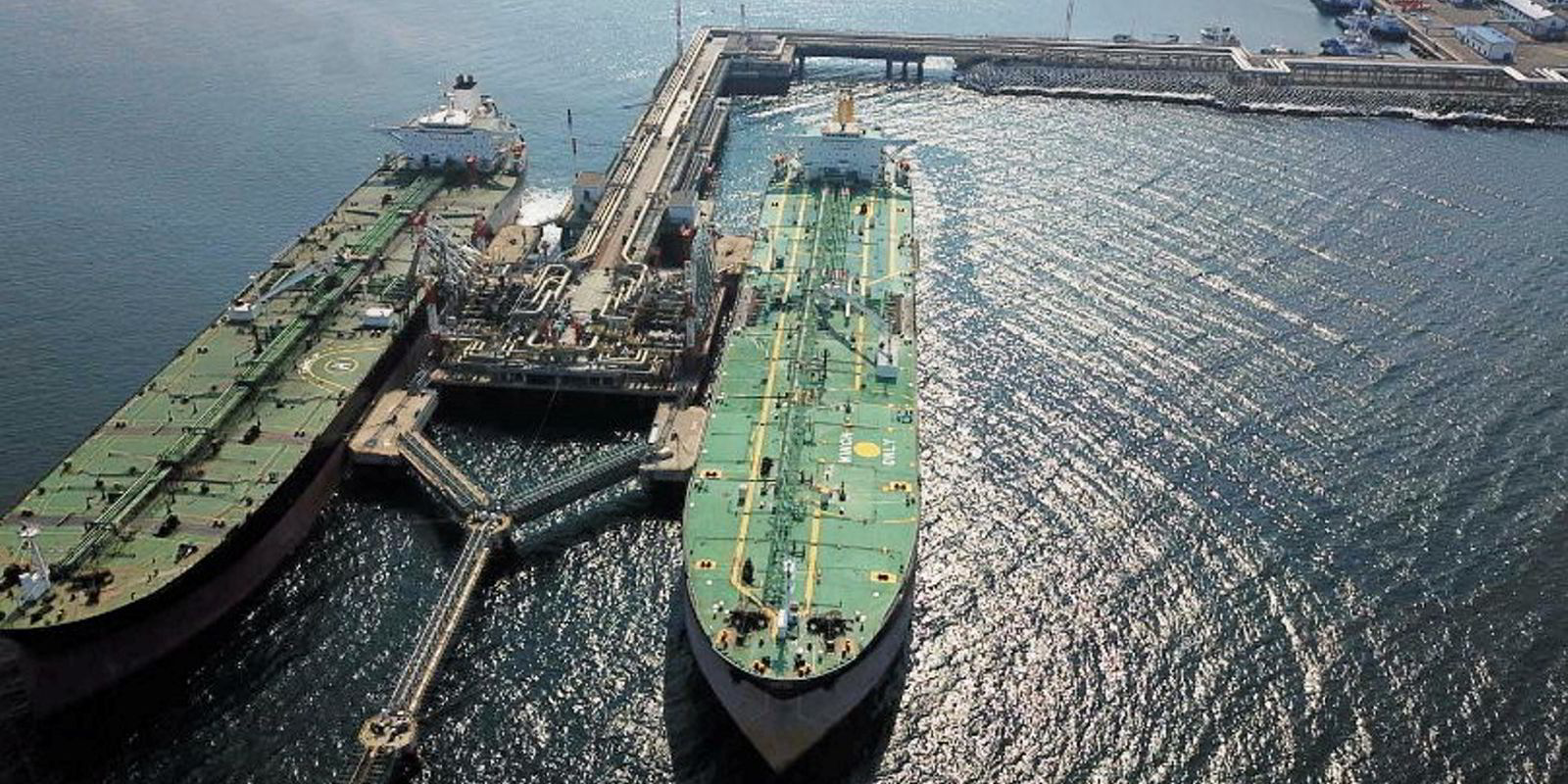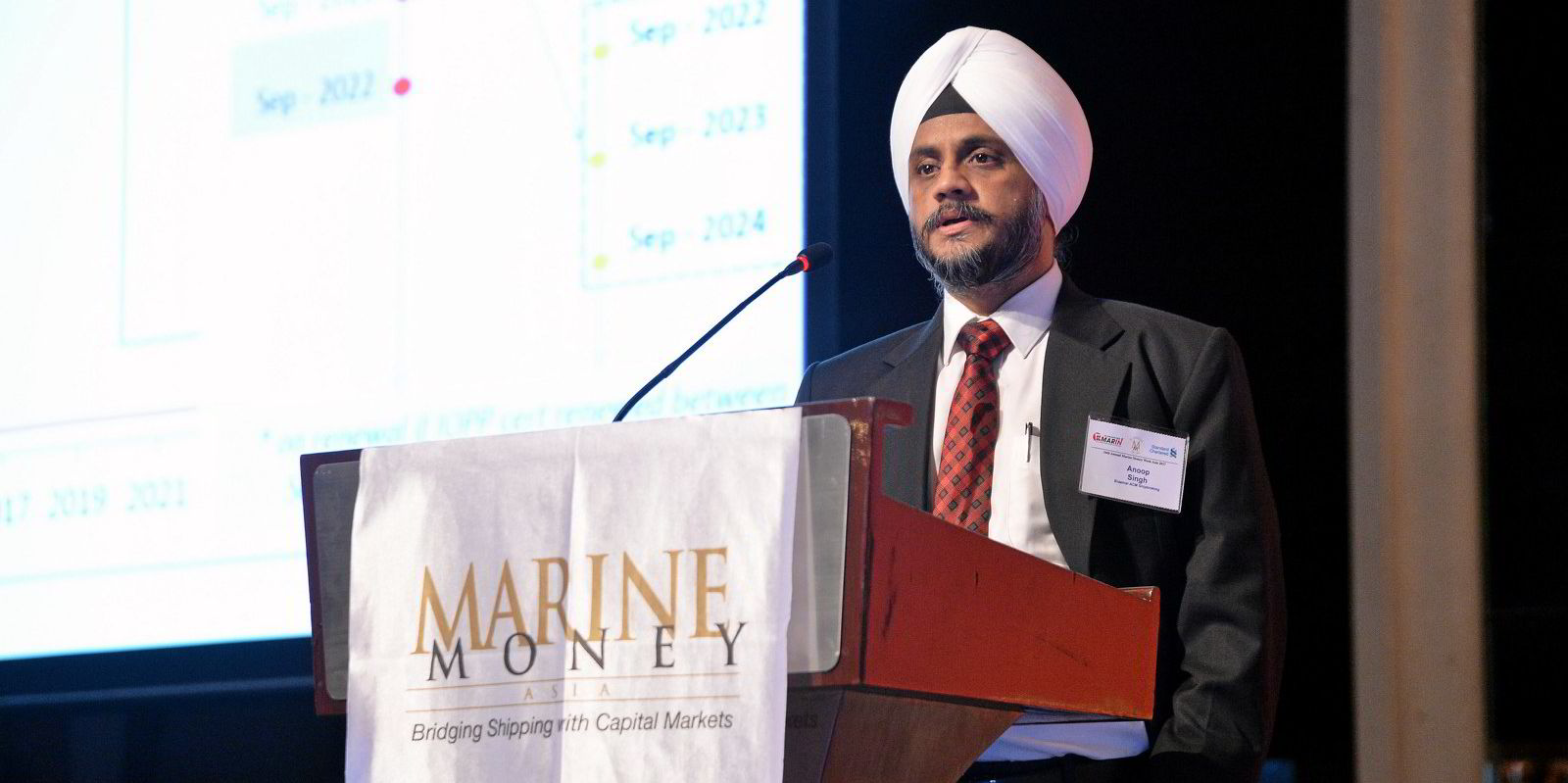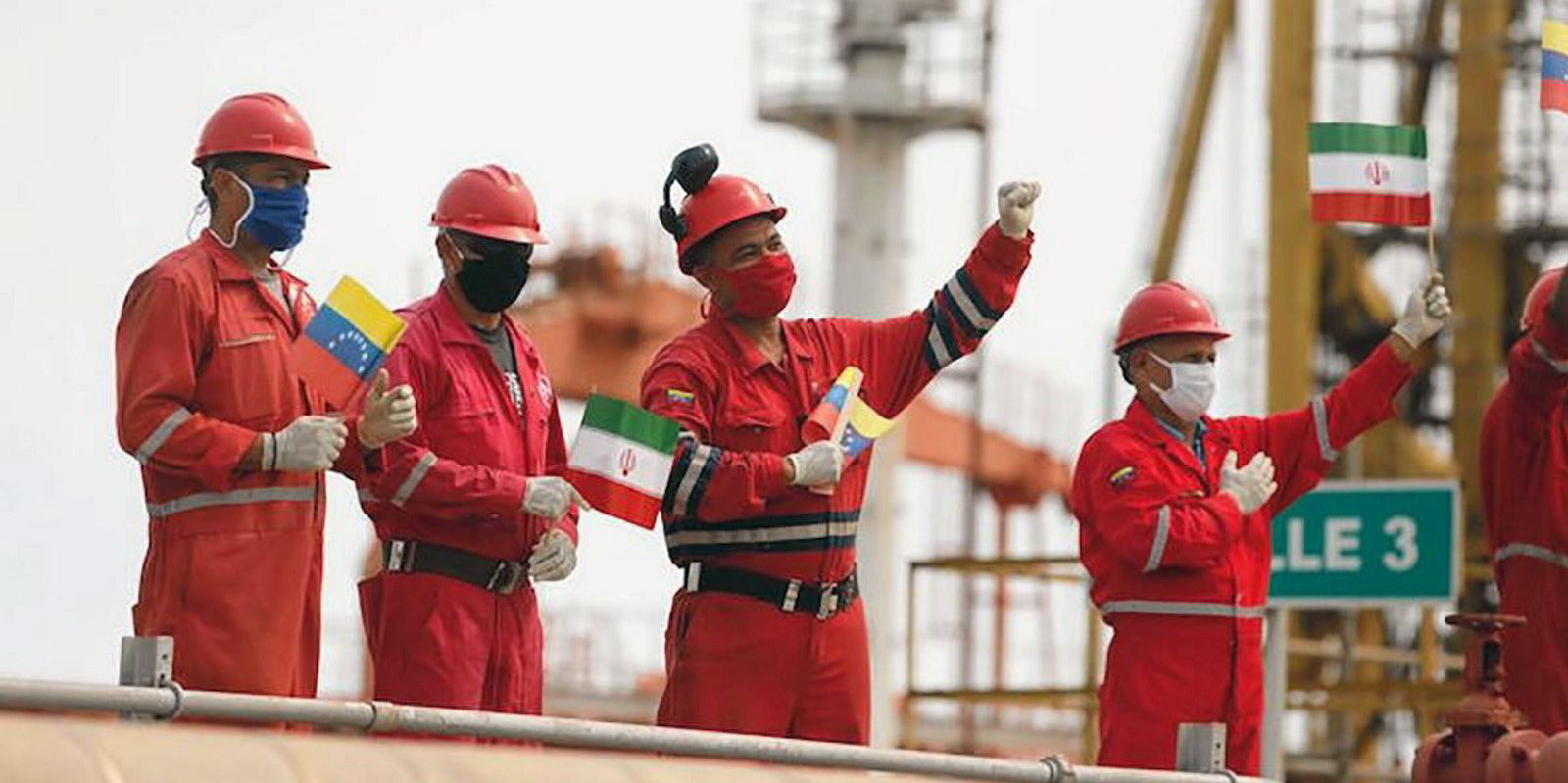Prices are firming for older VLCCs as a raft of largely unknown buyers swoop in on tonnage that is expected to be used to trade Russian oil.
Tanker market players said prices for 15-year-old-plus VLCCs have now shifted up into the $50m range, from levels around $38m in July.
But they said the bulk of the buyers, who they identified as linked to Russian, quasi-Russian or Chinese interests, are only interested in purchasing the older and not the younger vessels.
“It is like their budget is X and they will pay no more than that,” one source said.
Logically, the price hike would be expected to filter through to the middle-age and more modern VLCCs, one senior tanker market source said, particularly with the outlook in the crude space looking so positive and spot VLCCs earning between $50,000 and $60,000 per day.
He described the situation as “a very funny conundrum”.
Another source said the tanker market is being driven by buyers looking to move Russian crude, which has pushed up prices for older ships.
“There is no trickle up on tankers,” a broker said.
Talk abounds in the market about modern VLCCs that are not attracting any interest from buyers. Prices are currently trending at around $110m and above, compared to $115m to $120m for a standard specification newbuilding.
But other shipowners disputed this and reported that it is the middle-aged VLCCs built between around 2006 and 2016 that are missing out on the interest.
The focus on older tonnage is not confined to large tankers.
Brokers spoke in hushed tones about the buyers for VLCC, suezmax and aframax tonnage, implying they are unfamiliar with the companies to which they are selling.
Shipbroker Braemar, which on 21 October produced some estimates of the fleet that might be needed to ship Russian crude after the December embargo deadlines, said 15 VLCCs, 20 suezmax and 35 aframax and LR2 tankers of more than 15 years old have been sold to undisclosed buyers to date in 2022.
One large tanker market source said looking at the global fleet of around 800 VLCCs, estimates indicate that around 100 vessels are now trading in the so-called shadow or dark fleet.
Demand for VLCCs may be heightened if Russian interests opt to use them to take on cargoes in the mid-Atlantic that are transshipped from the more limited numbers of suitable suezmax and aframax vessels.
In its Wednesday report, Fearnley Securities said more than one-third of the tanker sale-and-purchase transactions — ranging from MRs to VLCCs — in 2022 have been linked to the Russian oil trade.
The investment banking arm of broker Fearnleys said that in dwt terms, this amounts to about 3.9% of the total tanker fleet, or roughly 5% if the Sovcomflot (SCF Group) fleet is included.
On top of this, Fearnleys said there are Russian, Turkish, Middle Eastern, Indian and Chinese-owned ships along with other “grey-ish” vessels, which could likely work around the oil embargoes for crude and products when these kick in.






